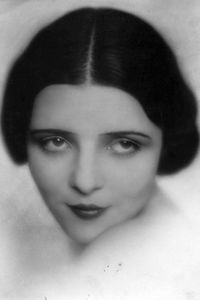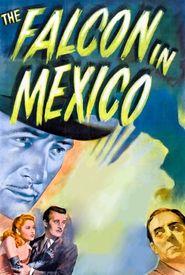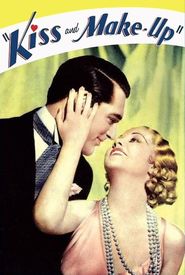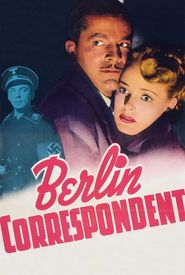Mona Maris, the sultry, sleepy-eyed Argentine brunette, was born Rosa Emma Mona Maria Marta Capdevielle, to a family of Spanish-French descent. Her well-to-do background ensured a quality education, with a strong emphasis on foreign languages. She mastered three languages, but unfortunately, English was not among them. This would later become a minor issue, as her career began in silent films in 1925, initially in England and France, and later with Universum AG in Germany.
Mona moved to the United States in 1929 and was signed by Fox to co-star alongside Warner Baxter in two above-average westerns: "Romance of the Rio Grande" (1929) and "The Arizona Kid" (1930). Although she was overshadowed by a young Carole Lombard in "The Arizona Kid," neither film provided her with substantial roles, leaving her to be merely ornamental. In "The Arizona Kid," she was also given the opportunity to sing, which was not her forte, further hindering her career.
Her limited proficiency in English, combined with her lack of significant roles, led to her being relegated to acting in a string of Spanish-language versions of American films. Mona Maris is now remembered more for her on-screen chemistry with legendary singer Carlos Gardel in the musical drama "Cuesta abajo" (1934),filmed in Argentina, where she played a femme fatale.
Mona auditioned for the part via telephone from the Paramount lot, having just completed shooting for "Kiss and Make-Up" (1934),and won the role over fellow candidates Raquel Torres and Rosita Montenegro. "Cuesta abajo" was well-received upon its release in the United States, becoming the most successful Spanish-language film up to that time. Following Gardel's untimely death in 1935, Mona took a six-year hiatus from the screen.
She returned to Hollywood in the early 1940s, freelancing for most of the majors, appearing in films like "The Falcon in Mexico" (1944) and "Tampico" (1944). Although her English was now fluent, she remained mostly typecast as south-of-the-border senoritas. Mona's career slowly wound down with a third-billed part in a third-rate swashbuckler for Republic, "The Avengers" (1950). Shortly after that, she retired to Lima, Peru, with her second husband, Dutch millionaire Herman Rick, in 1960.








































